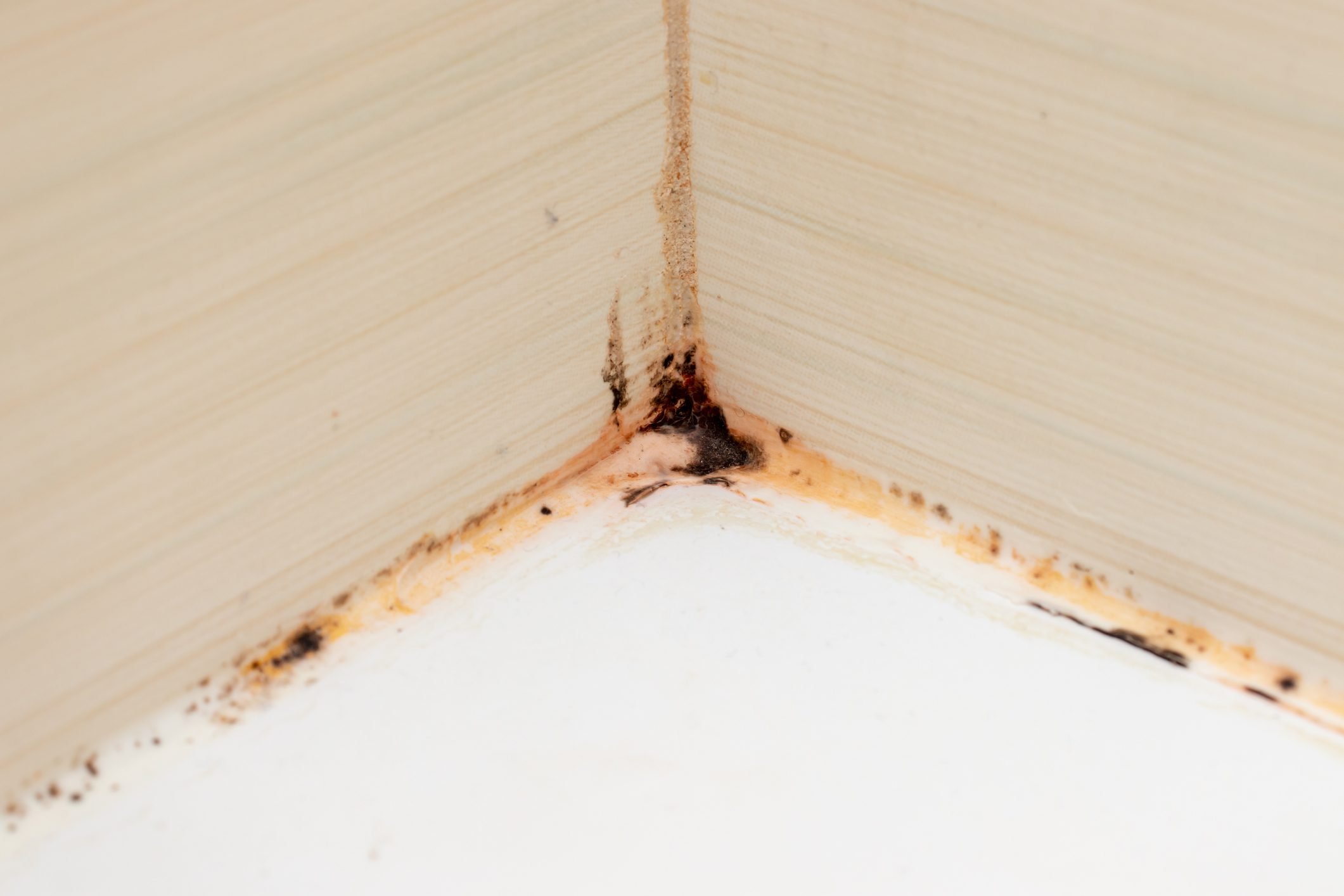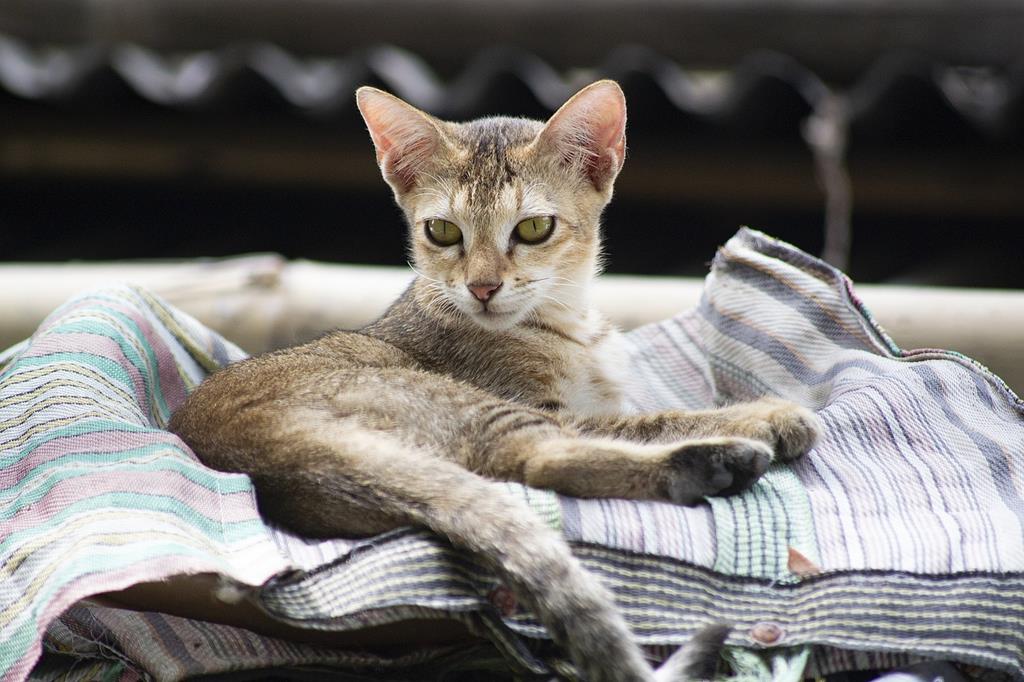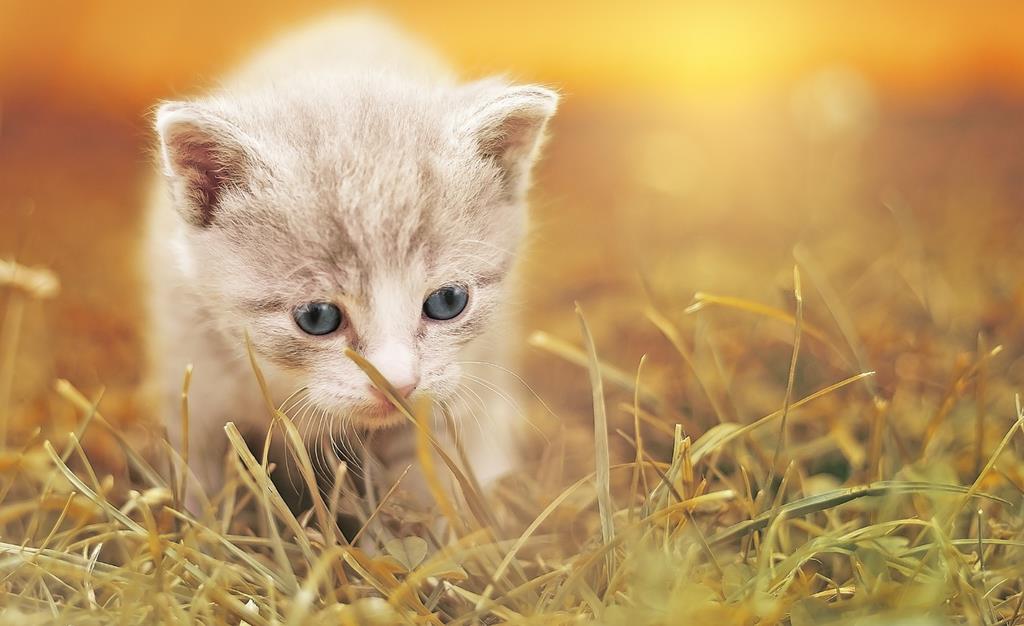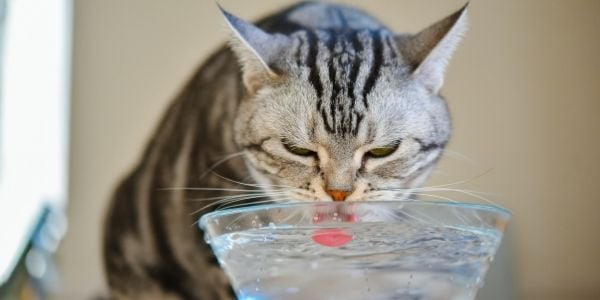Slime in a cat water fountain is often due to bacterial growth. Regular cleaning and maintenance can prevent this issue.
Ensuring that your pet has access to clean water is crucial for their health and well-being. A cat water fountain is a popular choice for many pet owners, as it encourages pets to drink more water by providing a constant flow of fresh water.
Unfortunately, these fountains can develop slime, a byproduct of bacteria and fungi that thrives in moist environments. The key to preventing slime build-up is to maintain a strict cleaning schedule for the fountain. This includes frequent water changes and thorough scrubbing of all fountain parts to eliminate any potential bacteria or algae growth. Proper care and attention can ensure that your cat’s water source remains clean, fresh, and free from harmful contaminants.
The Slime Menace
Cat water fountains are great for encouraging hydration, but they can hide a slimy secret. Many pet parents are surprised to discover a slippery, gooey substance in their furry friends’ fountains. Understanding this slime is crucial for the health and happiness of your cat.
What Is This Gunk?
Ever touched the inside of your cat’s water fountain and felt something slimy? That gunk is biofilm. Biofilm is a collection of organic materials, including bacteria, fungi, and algae. It forms when microorganisms adhere to surfaces in moist environments.
- Clear or colored: Biofilm can be transparent or have a color.
- Sticks around: Clings to plastic, metal, or ceramic.
- Food and water: Leftover food and saliva can feed biofilm.
The Risks Of Slime Buildup
Biofilm isn’t just unpleasant to touch; it can affect your cat’s health. The slime in your cat’s water fountain can harbor harmful bacteria and parasites. These might lead to:
| Health Issue | Description |
|---|---|
| Upset stomach | Can cause vomiting or diarrhea. |
| Dental Disease | Might lead to plaque and bad breath. |
| Urinary Infections | Bacteria can lead to UTIs. |
Regular cleaning prevents biofilm and keeps the water fresh. Using the right materials like brushes and safe cleaners makes a difference. Change water often to keep your cat’s drinking spot pristine.

Credit: www.rd.com
Root Causes Of Slime
Let’s dive into the root causes of slime in cat water fountains. This gooey substance can surprise pet owners. Understanding where it comes from is key to maintaining a clean drinking environment for your feline friends.
Microbial Culprits
Slime in your cat’s water fountain stems from microorganisms. These can include bacteria and fungi. They love moist environments. Their growth leads to the slime you often encounter.
- Bacteria thrive in water left standing
- Fungi can form in darker, damp areas
Regularly cleaning the fountain can keep these microbes at bay. It helps prevent the slimy buildup.
Environment And Water Quality
The environment where the water fountain sits affects slime formation. High humidity rooms aid microbe growth. The quality of water poured into the fountain also matters.
| Factor | Impact on Slime Growth |
|---|---|
| Temperature | Warmer temperatures speed up microbe growth |
| Humidity | High humidity supports a wet environment |
| Water Hardness | Minerals in hard water can contribute to slime |
Use filtered water to improve quality. Make sure the room is well-ventilated to reduce humidity. These steps help tackle slime from its roots.
Preventative Measures
Maintaining a pristine environment for your furry friend’s water fountain is vital. Slime in a cat water fountain isn’t just unsightly; it can also harbor bacteria that may harm your pet. To keep your cat’s hydration station clean and safe, follow these preventative strategies.
Regular Cleaning Routines
To prevent slime buildup, establish a regular cleaning schedule. Weekly cleanings are ideal to keep the water fresh and the fountain functioning properly.
- Dismantle the fountain and wash each part.
- Use mild soap and warm water for effective cleaning.
- Rinse thoroughly to remove any soap residue.
- Replace the water and clean filters as instructed by the manufacturer.
Monthly deep cleans can also help tackle any potential slime before it becomes a problem.
Choosing The Right Fountain Material
The material from which the fountain is made can affect slime growth. Stainless steel or ceramic options are often the best choices for hygiene.
| Material | Pros | Cons |
|---|---|---|
| Plastic | Cheaper | Prone to scratches, harbors bacteria |
| Stainless Steel | Easy to clean, more hygienic | May be heavier, costlier |
| Ceramic | Hygienic, appealing look | Fragile, can be heavy |
Choosing a fountain with a smooth surface and minimal crevices can also minimize places for bacteria to thrive and ensure easier cleaning.
Combatting Slime Effectively
Maintaining a clean environment for your furry friend’s water source is key. Slime buildup in a cat water fountain not only looks unpleasant but can harbor bacteria harmful to your cat’s health. To keep the water fresh and the fountain functioning well, effective slime combat strategies are essential.
Natural Cleaning Agents
Nature provides us with powerful cleaners that are safe for pets. Regular use of these can prevent slime from taking over your cat’s water fountain. Consider these pet-friendly options:
- Vinegar: An excellent disinfectant that breaks down slime.
- Lemon juice: Great for tackling tough grime and leaving a fresh scent.
- Baking soda: Neutralizes odors and cleans surfaces without scratching.
Create a cleaning solution by mixing one part vinegar with two parts water. Apply it to the fountain, let it sit for 15 minutes, then scrub gently. Rinse thoroughly to ensure no vinegar taste remains.
Deep-clean Your Fountain
A monthly deep clean is crucial for a slime-free fountain. Disassemble your cat’s water fountain and follow these steps for a thorough cleaning:
- Dump out old water and wipe away visible slime.
- Soak parts in a mixture of natural cleaning agents.
- Use a small brush to reach crevices where slime may hide.
- Rinse all components with warm water until clean.
- Allow parts to air dry before reassembling the fountain.
Remember, replacing filters as recommended by the manufacturer is equally important. This keeps the water clean and prevents slime from reoccurring.
Continued Vigilance Against Slime
Continued Vigilance Against Slime is critical in maintaining a healthy environment for your furry friend. Slime in a cat’s water fountain is not just unpleasant; it can harbor bacteria that pose a health risk to your pet. Regular cleaning is key, but ongoing monitoring ensures your cat has access to fresh, clean water at all times. Let’s explore how to keep your water fountain slime-free and when it might be time to opt for a new one.
Monitoring Water Fountain Health
Maintaining a slime-free cat water fountain relies on consistent checks. Look out for these telltale signs:
- Increase in slime or biofilm
- Change in water color or odor
- Noticeable debris or particles
Use a simple schedule to inspect the fountain each day. Clean it weekly with suitable cleaning agents. Rinse thoroughly to prevent any residue. A clean fountain means happy, hydrated cats.
When To Replace Your Cat Water Fountain
Sometimes, cleaning alone is not enough. Know when to replace the fountain:
| Sign | Action |
|---|---|
| Cracks or damage | Replace immediately |
| Persistent slime after cleaning | Consider a replacement |
| Filter issues | Replace filter or fountain |
Lasting cleanliness is crucial. An old fountain that cannot stay clean puts your cat’s health at risk. Opt for a new water fountain if you see persistent issues.

Credit: www.amazon.com

Credit: www.everydayhealth.com
Frequently Asked Questions On Slime In Cat Water Fountain
Why Does Slime Form In Cat Water Fountains?
Slime in cat water fountains is typically a biofilm formed by bacteria. It’s a common issue arising from organic materials in saliva and food particles mixing with water, providing bacteria a perfect breeding ground. Regular cleaning disrupts biofilm growth.
How Can You Prevent Slime In Cat Fountains?
To prevent slime, clean the fountain and change the water regularly. Using filtered water can also help as it contains fewer impurities. Additionally, ensure the fountain’s materials are anti-microbial and consider using products that prevent bacterial growth.
What Are The Health Risks Of Slime In Cat Fountains?
Slime can harbor harmful bacteria and pathogens posing health risks to cats. Regular ingestion can lead to gastrointestinal issues or infections. Monitoring the cleanliness of your cat’s water source is crucial for their health.
How Often Should You Clean A Cat Water Fountain?
A cat water fountain should be cleaned once a week at minimum. If multiple cats are using it or you notice slime sooner, increase the frequency. Always replace the water during cleaning to ensure freshness.
Conclusion
Keeping your cat’s water fountain clean is essential. Slime buildup poses health risks to your furry friend. Regular maintenance ensures fresh, inviting water. Remember these tips for a slime-free fountain. Your cat’s health and hydration are worth it. Let’s keep those whiskers wet and clean!



